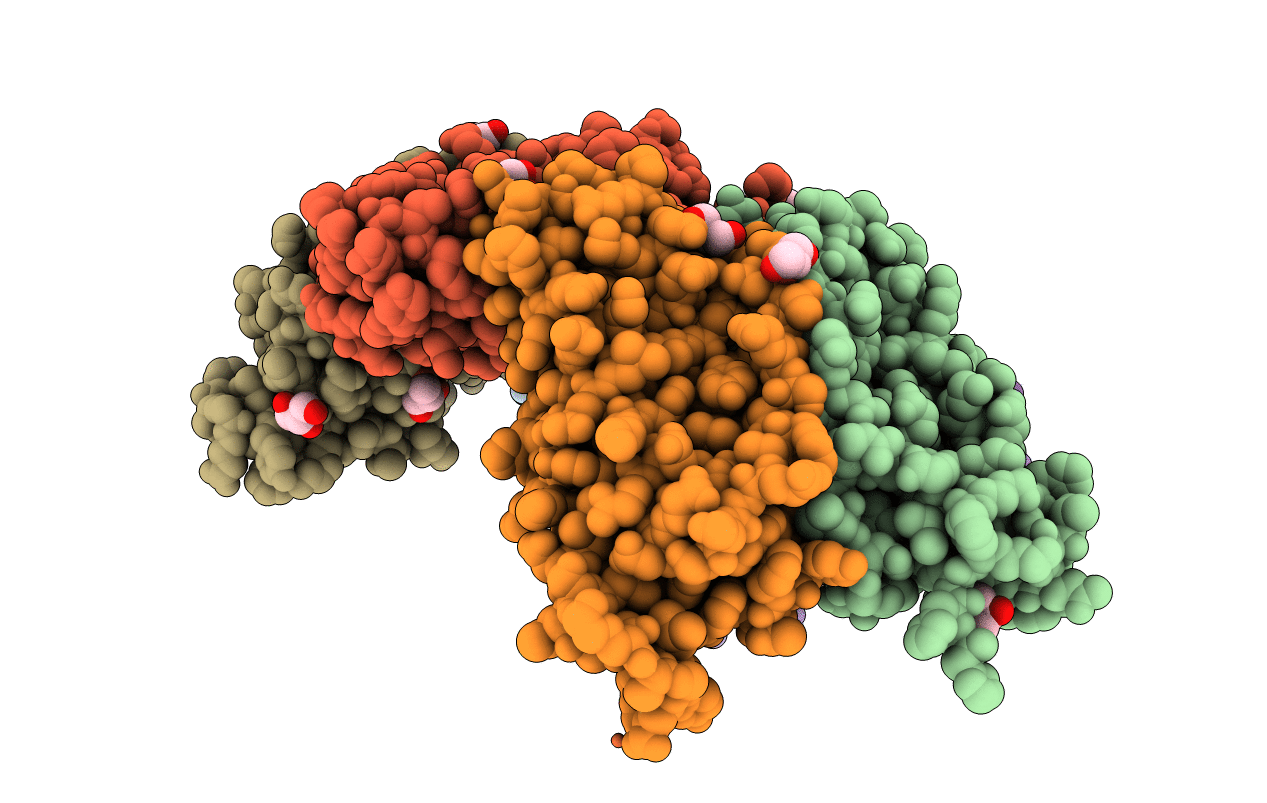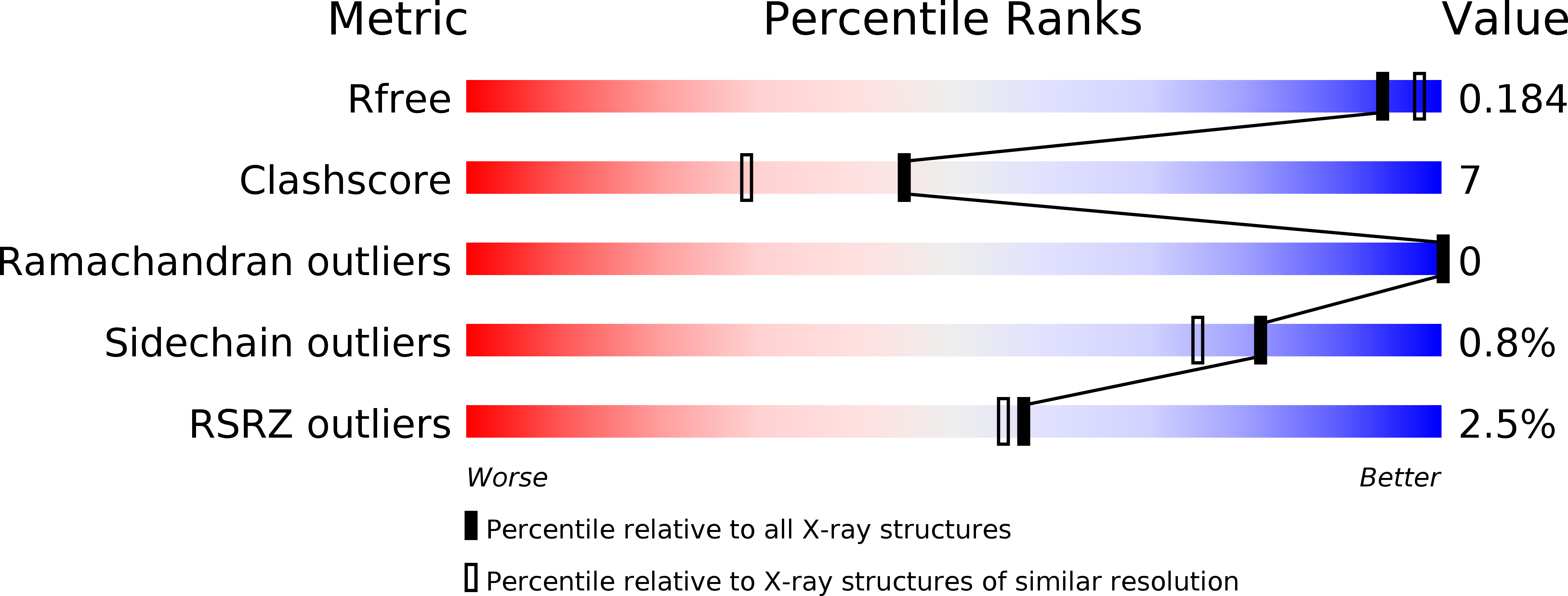
Deposition Date
2015-05-15
Release Date
2016-06-15
Last Version Date
2024-10-02
Entry Detail
PDB ID:
4ZTT
Keywords:
Title:
Crystal structures of ferritin mutants reveal diferric-peroxo intermediates
Biological Source:
Source Organism:
Escherichia coli DH1 (Taxon ID: 536056)
Host Organism:
Method Details:
Experimental Method:
Resolution:
1.83 Å
R-Value Free:
0.19
R-Value Work:
0.15
R-Value Observed:
0.15
Space Group:
I 4


